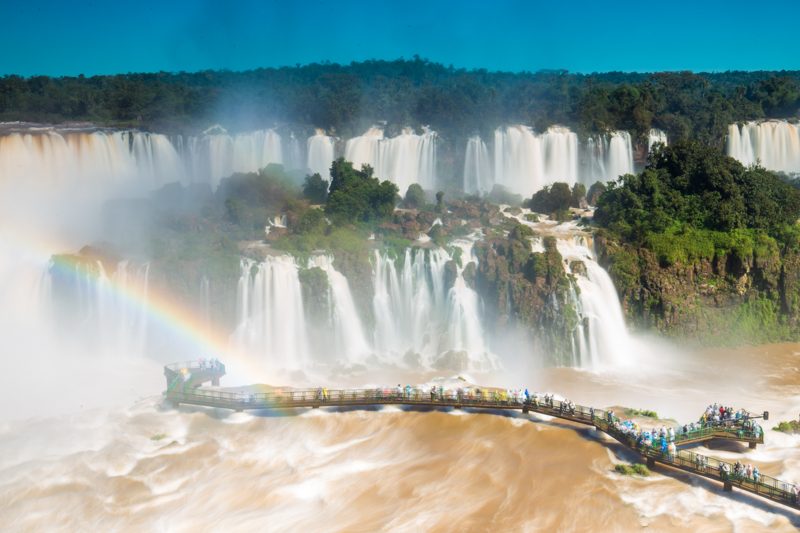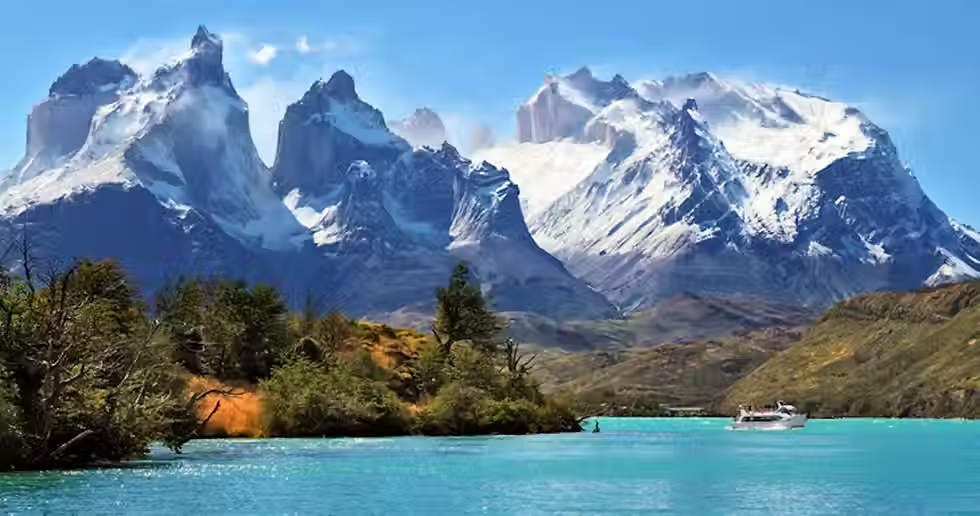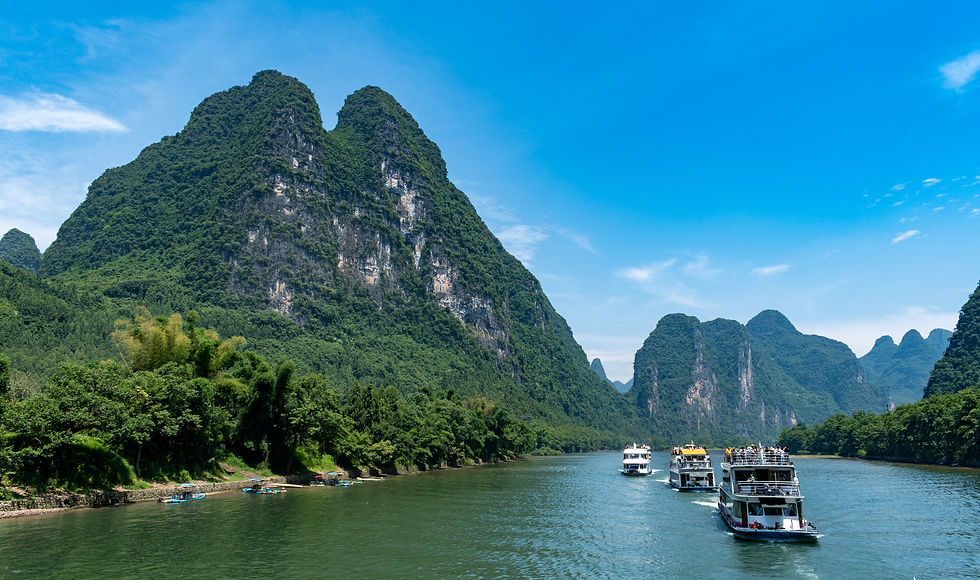Argentina - 1993 - Part 1
- Usha Shah
- Jun 13, 1993
- 3 min read
Our first visit to Argentina was along with Brazil. After attending the conference in Brazil for 2 days, we left to go to Argentina.
The attraction was Iguazu falls, where we wanted to spend 2 nights. Like us another doctor from Japan also took a break from Brazil meeting so as to visit Iguazu falls.
Iguazu falls
A UNESCO WORLD Heritage site featuring a vast system of nearly 300 water falls along the border with Brazil.
We stayed at what is popularly called “the Cataracts hotel”.
It wasn’t just a hotel stay — it was being inside one of the world’s great natural spectacles, with comfort and elegance at hand.
Staying at the Cataracts Hotel
Our stay at the Cataracts Hotel, right inside Iguazú National Park, was unlike any other. From the moment we arrived, we could hear the roar of the great waterfalls. Some rooms looked into the rainforest, alive with birds and butterflies, while others had balconies facing the falls themselves. Ours opened to the sight of mist rising above the water — a view that never left our hearts.
The hotel had every comfort — a swimming pool where we could float while gazing toward the thundering cascades, dining rooms with windows opening to the jungle, and quiet corners where the sounds of nature reached us even as we rested.
What made it so special was the feeling of being there after the crowds had gone. In the early morning, before the park filled with visitors, we could walk the paths almost alone, listening to the birds and the distant roar of water. In the evening, when day-trippers had left, the jungle belonged to us again. At night the frogs sang, the insects hummed, and we felt wrapped in the heart of the natural world.
It was more than a hotel stay — it was a rare chance to live beside one of the world’s great wonders, with comfort and closeness to nature woven together. Our guide was also very enthusiastic and took us along all important points from where we can get a good view. Next day he suggested us to go into the valley and take a boat ride. This was also fascinating. Next morning after dip in to the swimming pool we left for Buenos Aires.
Next day the conference was beginning.
The very wide street with large buildings is Avenida 9 de Julio, one of the widest avenues in the world. It runs through the center of Buenos Aires, with the Obelisco (Obelisk) standing as its landmark. At one end of this avenue stands the Teatro Colón, the opera house we visited. Inside, besides its magnificent main hall, the basement area has exhibitions and a museum that often displays costumes, props, and memorabilia from world-famous operas and plays performed there.
TANGO DANCING.
San Telmo – Famous for its cobblestone streets, colonial buildings, antique shops, and especially tango. In the evenings, many restaurants and plazas have live tango performances while you dine. The Plaza Dorrego area is particularly well known for this atmosphere.
ITALIAN IMMIGRANTS - La Boca.
La Boca
When the Italian immigrants (mostly from Genoa) arrived in Buenos Aires, they settled in La Boca, close to the docks where they worked. They built simple wooden and corrugated-iron houses. Because money was scarce, they couldn’t afford uniform paint. Instead, they used leftover paint from the shipyards and boats where they worked. Each family might only get a small amount of one color, so they painted just part of a wall or a balcony. Over time, this patchwork of bright colors became a defining feature of the neighbourhood.
The style came to symbolise the creativity and resilience of the immigrant community.
Later, the artist Benito Quinquela Martín, who grew up in La Boca, promoted and preserved this colorful look, especially in the famous street Caminito.
Today, the area keeps this tradition alive, even though many of the original immigrant families moved elsewhere.
There was a popular place named Perito Moreno Glacier, which unfortunately we didn't go. It is Located in Los Glaciares National Park, this massive, advancing glacier offers stunning views and opportunities for glacier trekking.














Comments